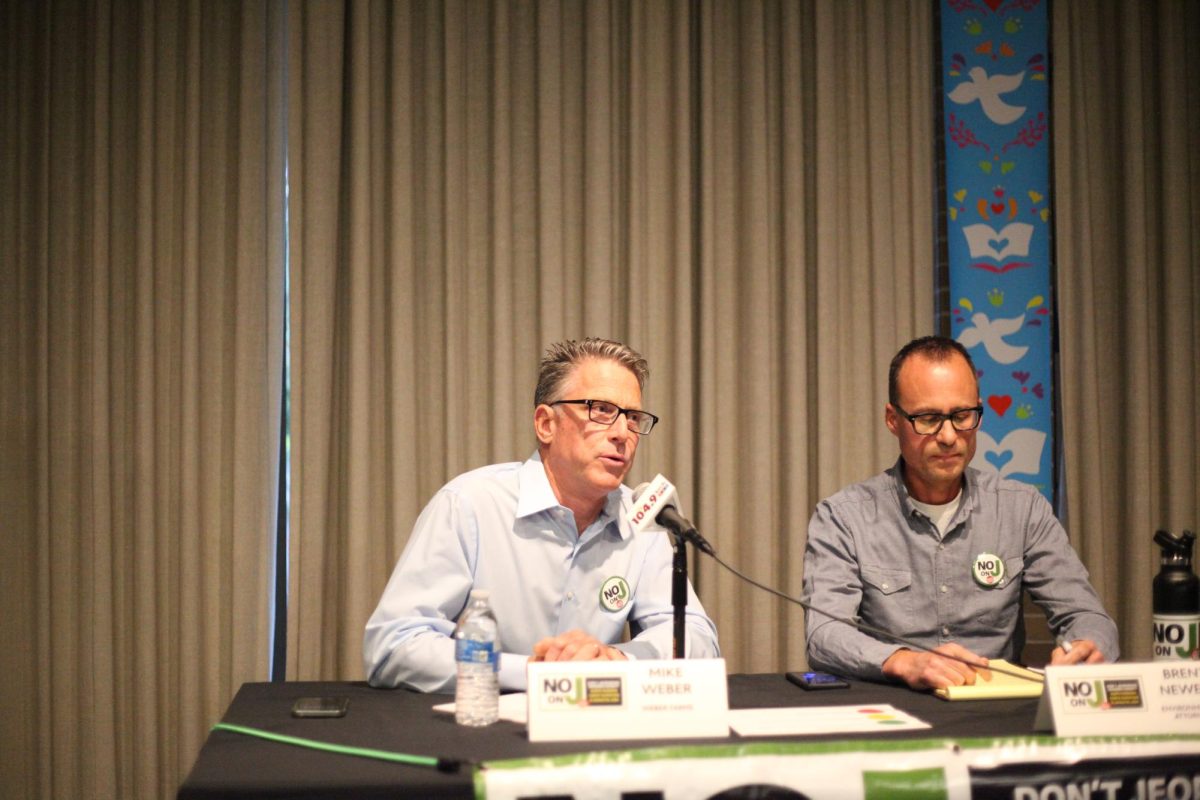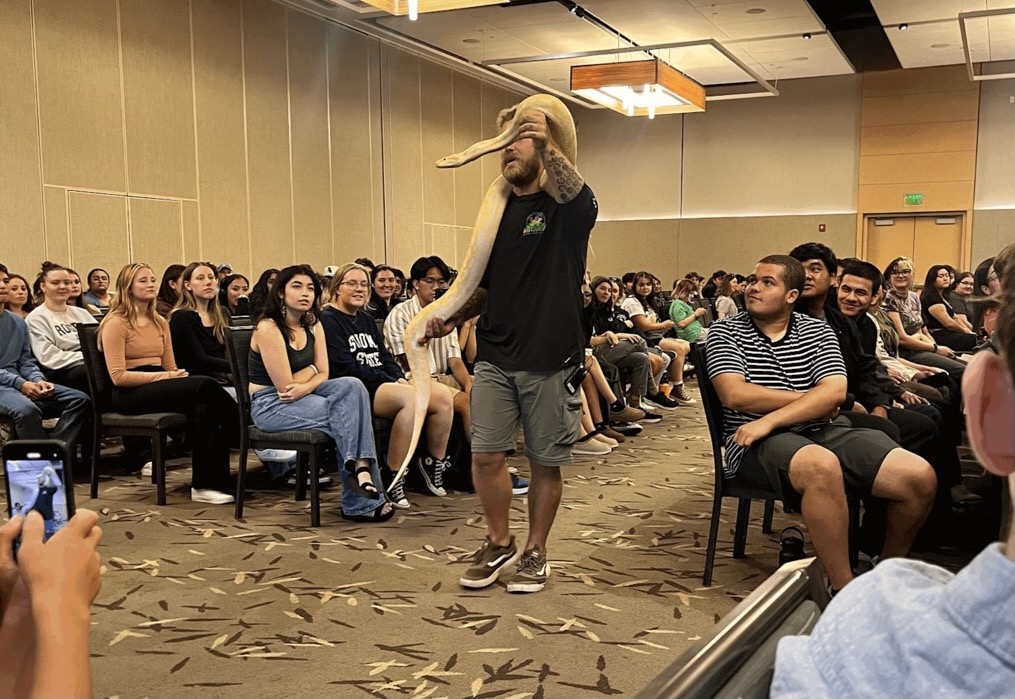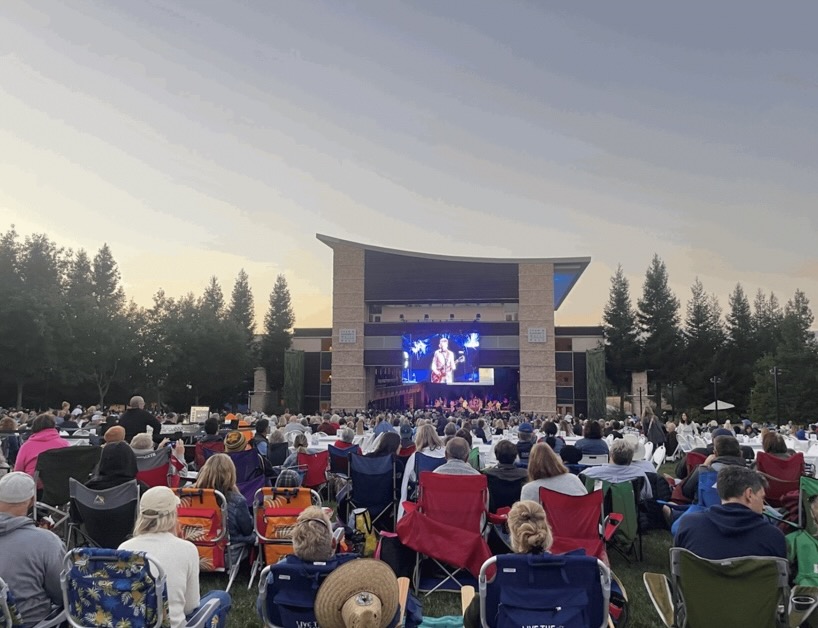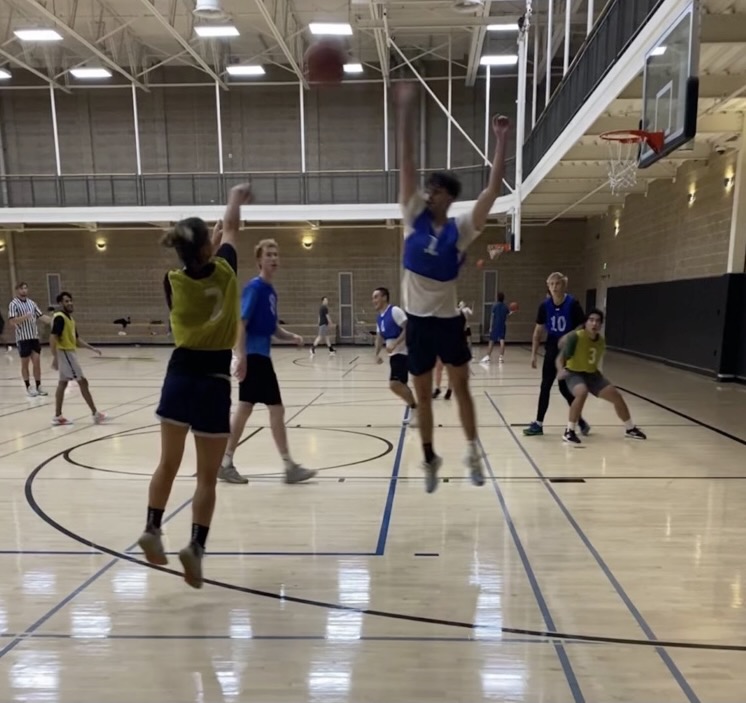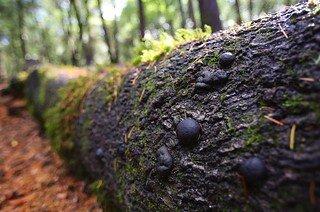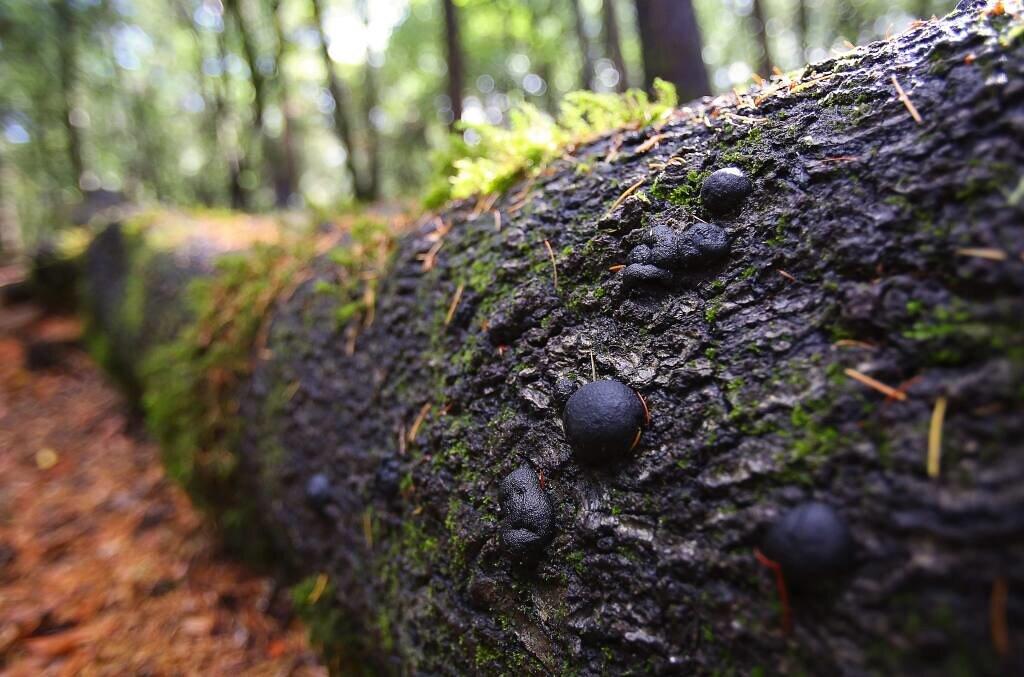Sudden Oak Death (SOD), an “exotic disease that arrived in California in the 80’s” is ravaging our forests in California. Based on the training video that students are required to take before attending the Zoom event, Dr. Matteo Garbelotto at UC Berkeley’s Pathology and Mycology Laboratory explained that “Sudden Oak Death, when it arrives in site, can kill almost all of the oaks in about a decade.”
The educational zoom event took place on Friday, April 30, and was held by the Center of Environmental Inquiry at Sonoma State. Upon registering for this Zoom event, students are also given the option to participate with their own leaf collection packet. In this packet, there is an envelope to collect leaves from trees that students’ survey which will be sent to a lab at UC Berkeley that will be tested for SOD for free.
Kerry Winiger is a program coordinator for Sudden Oak Death, and is involved with the Center of Environmental Inquiry. Winiger led the event and opened the floor for SOD Specialist Master Gardeners, Janet Calhoon and Alan Chesterman. Janet Calhoon talked about Sudden Oak Death and the symptoms of infection. She explained that the pathogen doesn’t like a lot of heat and is seen in more moisture filled habitats. Calhoon talked about the symptoms in Tan Oak trees in specific, mentioning that “it will kill the leaf, it will turn black, moving up the petiole, the center part of the leaf.” She also talked about secondary infections where “beetles and microorganisms identify the trees that are distressed, they congregate on them and destroy them.” Calhoon also cautions against buying plants and then planting right away, because of the fear of planting an infected plant to spread the disease to nearby oak trees. Her advice is to quarantine the plants for around a month before planting in the ground and adding water to it.
This destructive forest pathogen can be detected on Bay Laurel and Tan Oak leaves. In Bay Laurel trees, you can identify the disease on infected leaves by dead, brown leaf tips, a dark line margining the dead tip, a yellow halo just above the margin, and small, dark dots throughout the leaf. On Tan Oak trees, you can identify the disease on the leaves by a brown area surrounding the petiole, going down the midvein. The dead spots that can be found on Bay Laurel leaves are identifiers of different diseases on Tan Oak trees. These trees are surveyed because their spores spread the disease. Another indicator of Sudden Oak Death is “bleeding” on a tree, which is when a dark substance looks like it’s dripping out of the bark. Calhoon explained that it is “a natural reaction of the tree to get rid of something that is injuring it. Oak trees cannot spread the pathogen to other oak trees and need a foliar host to spread it through spores. These two types of trees are a part of a list of 100 foliar hosts that help spread the pathogen.
Alan Chesterman, another Master Gardener at the event, talked about taking samples and how to properly survey trees for collection and testing. Chesterman even went out and collected some samples before the event and mentioned that he has only done it a couple times. During his demonstration, he explained how to fill out the data sheet that comes with the collection packet and stressed the importance of accurate coordinates of collection sites. Chesterman also gave advice on where to look for susceptible trees and said that “if you’re looking for Bay trees, look for a habitat with more moisture” because that is the environment that they usually grow in.
This widespread disease can be found in Sonoma County, and even in your own backyard, so being aware of the symptoms of Sudden Oak Death could be beneficial to your community. So, if you have Tan Oak or California Bay Laurel trees, look out for browning leaf tips, a shepherds hook at the end of a branch of leaves, and even “bleeding” on the tree, which are all indicators of Sudden Oak Death.
STAR // KC Holtemann
“Deep Dive & Citizen Science” lecture educated students about Sudden Oak Death.

